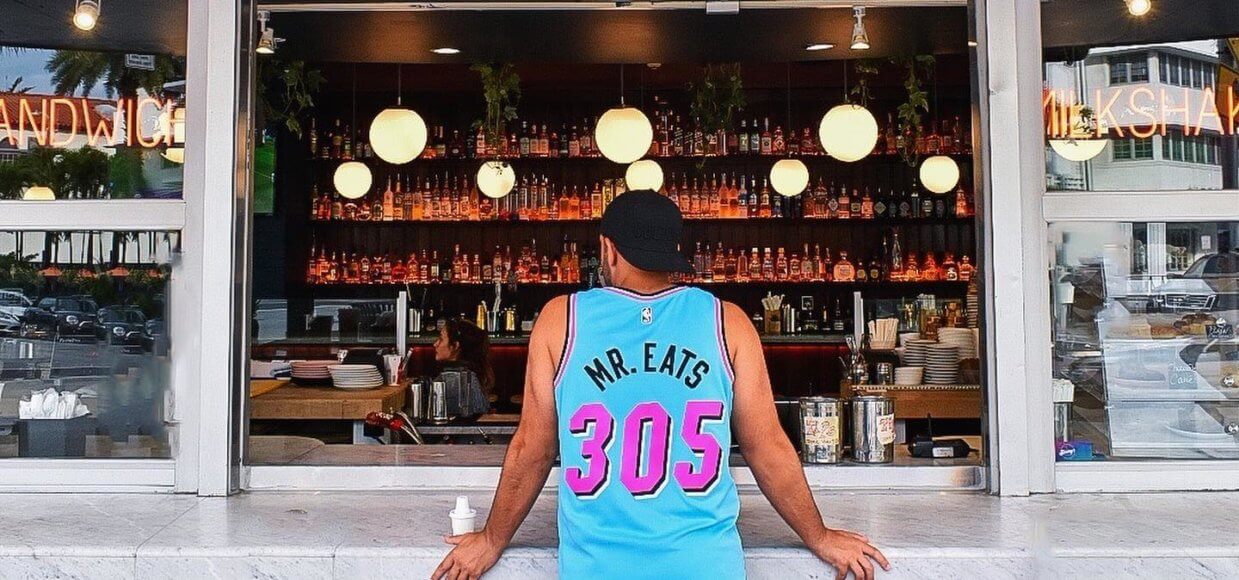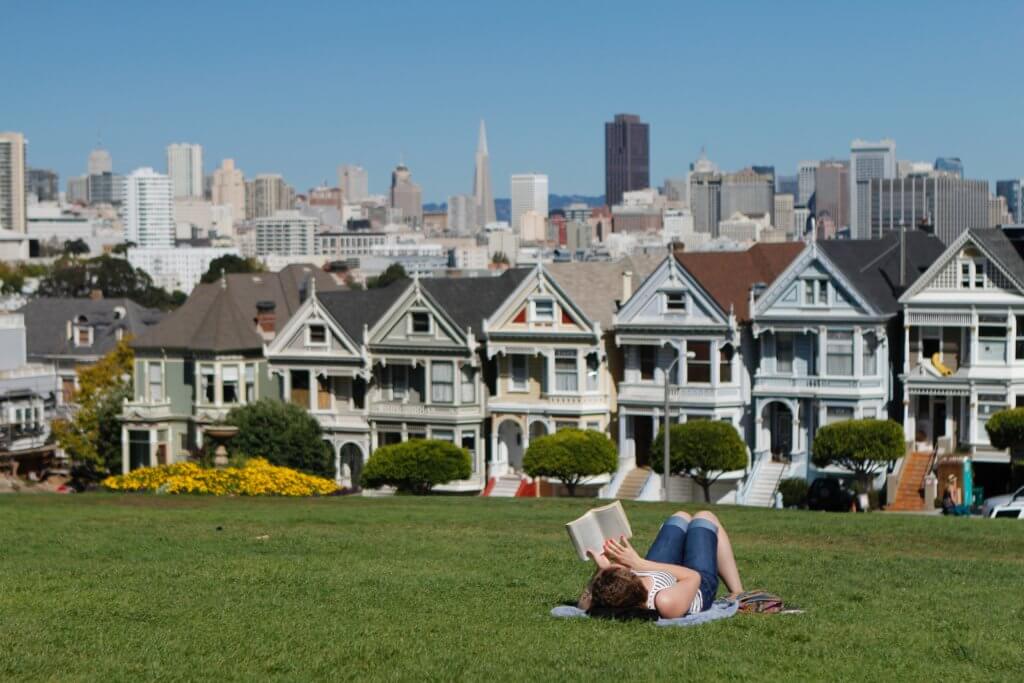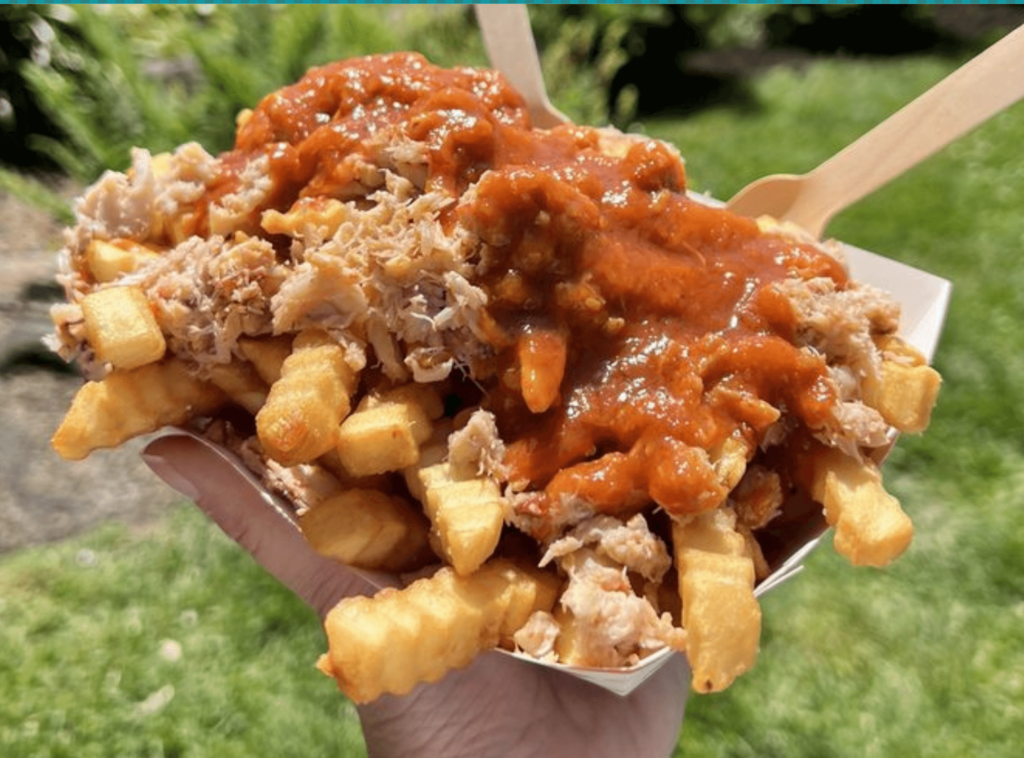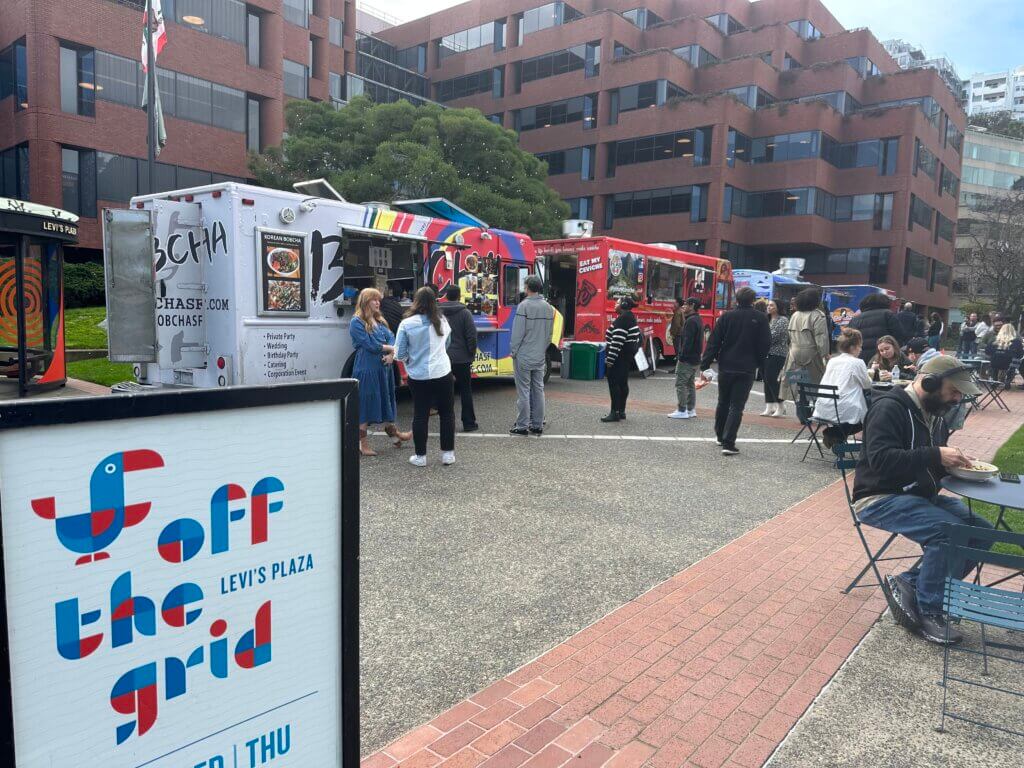
While the food industries in New York, Seattle and San Francisco seem to have responded and adapted to the pandemic in similar ways, Miami’s food scene is operating in a whole different universe.
With indoor and outdoor dining in full swing, tourist spots packed with people and chefs flocking to open new businesses, Miami’s restaurants and street food vendors are arguably booming in light of Covid—not despite it.
As part of an ongoing interview series taking the pulse of the food landscape across the U.S.’s major cities, we spoke with George Arango, a Miami-based food reporter who runs a food page on Instagram mr.east305 with over 77,000 followers. Unlike the Editor of Eater New York or Seattle-based journalist and social media manager Stephanie Forrer, George said Miami is doing and feeling great.
While George built his brand traveling around finding and tasting the latest and greatest food trends, he’s now on what he calls, “a major food adventure,” around Miami. Here’s what he had to say about his town’s take on pandemic life.
So, George, how would you describe the current state of the food industry in your town?
Initially, we did take a huge hit when Covid first started last year. A lot of chefs and restaurants experienced massive losses, people were laid off, and many didn’t know what to do or how to do it. But, it didn’t take long for us to see the popup movement take shape and all of a sudden, chefs were being so creative.
I guess you could say that having their backs against the wall really made them be creative and bring their best game. We saw a ton of chefs start popups last year and running businesses out of ghost kitchens. While there were some closures of brick-and-mortar restaurants, Miami opened up again really quickly. And we all think it was at a good time where it was beneficial for the economy and people who wanted jobs. We fully reopened after a short closure in the summer and restaurants have been booming.
Restaurants are booming?! How are diners feeling about Covid?
Oh yeah, they’ve been booming since July…It’s not like Covid isn’t present, but it’s the most “normal” feeling around here that I’ve seen. Of course, you have to wear a mask when going out, you have to stand 6 feet apart when in line. Some restaurants have glass between tables, but there are no restrictions on indoor or outdoor capacity. People have been taking advantage of it and just living their life.
The media is saying that it’s crazy down here, but people aren’t freaking out. On an individual basis, no one is freaking out about it. They’re following the guidelines. Everywhere we go we wear masks because we have to, but if you meet someone you’re comfortable around, most people take it off. The mood is just very chill.
There’s a collective feeling that the summer shutdown wasn’t necessary. No one in my circle really stood behind it from a business-friendly perspective. I saw a lot of people out of work and struggling to make ends meet, and they were willing to risk their lives to make money.
What has really helped Miami, I think, are the shutdowns in other states. We’ve seen so many chefs that have abandoned their original locations in other cities and decided to open a second location here. We recently attended the grand opening of Carbo, which was started by a former New York chef, who joins others. There’s also a handful of Texan chefs who brought barbeque here. So, it’s no longer just snowbirds that are coming—Miami is now like a food destination.
Can you tell us more about this popup food scene?
There were around 12 heavy hitters that were operating out of their houses for pickup. It was places like Old Greg’s Pizza, which started serving high-quality pizza out of a house (and Miami isn’t really known for pizza). Then chefs like Brad Kilgore let them use his restaurant kitchen and now they’ve done so well that they’re looking for their own brick and mortar spot.
Another is Banh Mi, a Vietnmaese sandwich shop that started off selling kits that you could make at home and now he’s opening his own spot on Miami Beach after killing it with the popup. Dumpling spots have also popped up and become very popular here, where they weren’t before.
It was really a fresh start for every new restaurant—it seemed like everyone was trying out new items, new drinks, new concepts. For Miami, Covid really just brought opportunities to try new things.
And now? Are you seeing that creativity and newness remain?
Things have gone back to normal. Some places aren’t doing as hot because tourism has died down a little bit, but there’s still a lot more than you would expect. Miami Beach still has a fair amount of visitors and tourist traffic. But we’re also starting to see a lot more restaurants and chefs go towards the more suburban and rural areas around the city.
For example, there’s an ice cream shop called Azucar in Little Havana, which was super touristy and they took a risk and opened another location in Kendal, which is not touristy. And it makes sense because the more rural areas are cheap in terms of commercial rent, and a lot of people are staying close to home. I guess you could argue that neighborhood restaurants have been the unlikely winners in all of this.
What’s happening in the street food scene?
It had been kind of dead leading up to Covid. But I’ve been seeing a few food trucks that started up recently, like Makan, a Peruvian Asian fusion food truck by two fine-dining chefs from New York
I think we are seeing more of that, but it’s not a lot because there are strict regulations here on mobile food. Food trucks can only open in the evening, for example, so as to not interfere with other businesses. It’s more of a late-night street food scene here.
How do you expect the food industry to adapt in Miami this year?
Miami is getting so many new restaurant openings it’s insane. I think the focus is going to be to keep supporting local and keep trying new things out. It’s more about continuing to grow and learn what the Miami food scene is all about.
By: Renee Frojo



